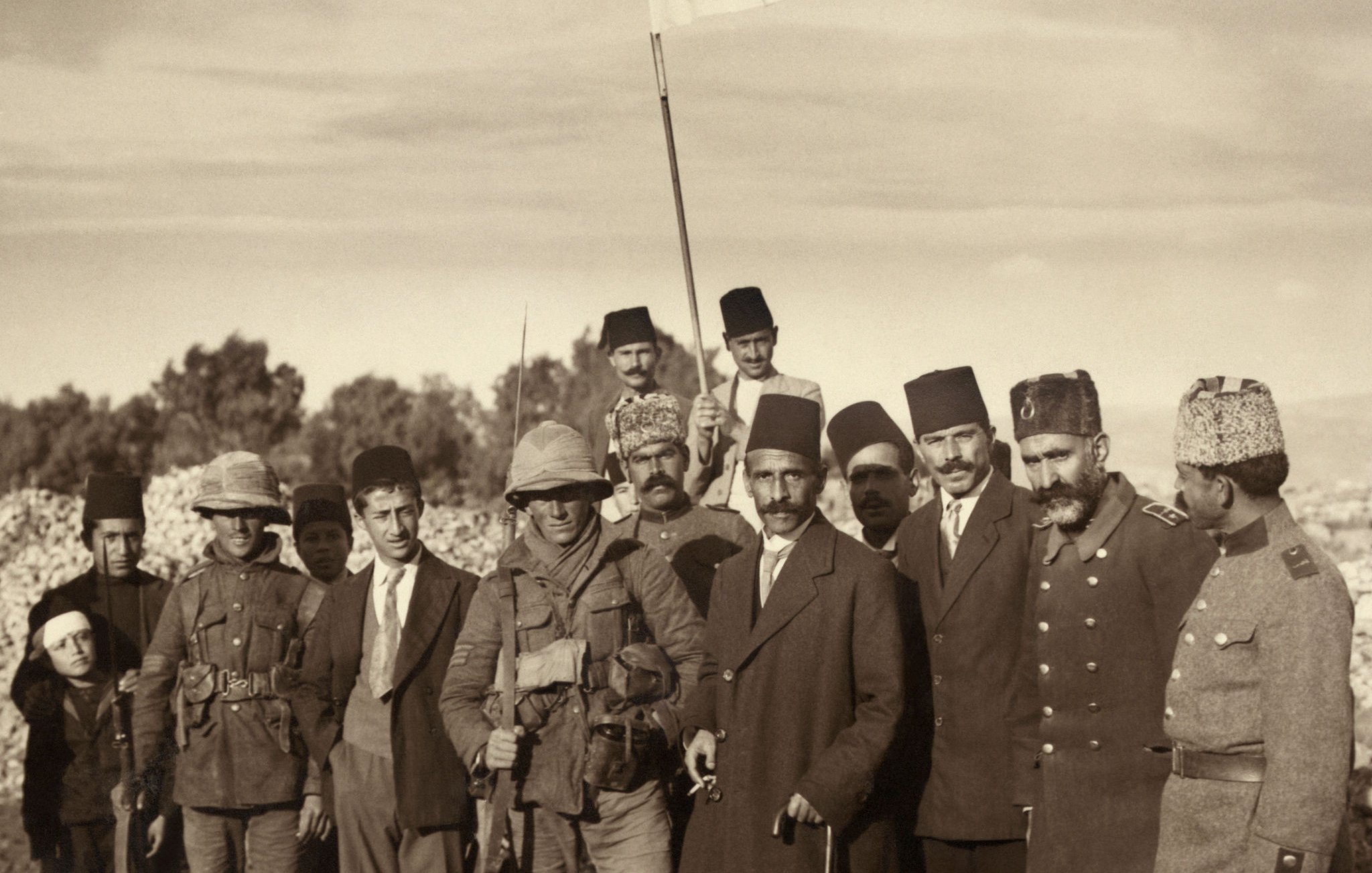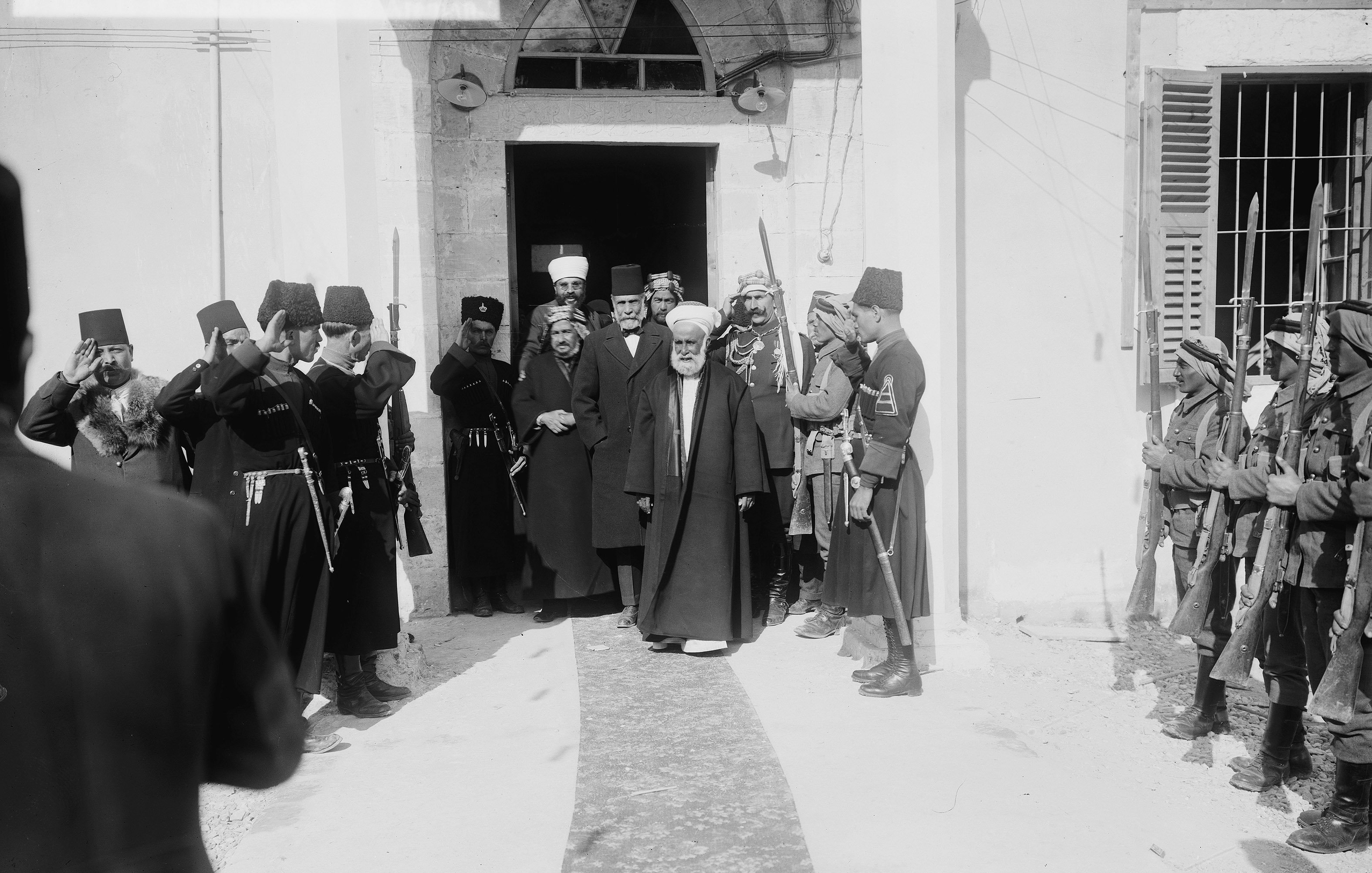Kawthar Guediri
PhD in Middle East politics, thesis on anti-partitionist prospects in Palestine from 1915 to 1988, Institute of Arab and Islamic Studies (University of Exeter). She works on issues related to colonialism, nationalism, separation and partition the Middle East and collaborates to Assafir Al-Arabi. She is also the scientific coordinator of Common state-State Commun research, archiving and networking project.
-

-


